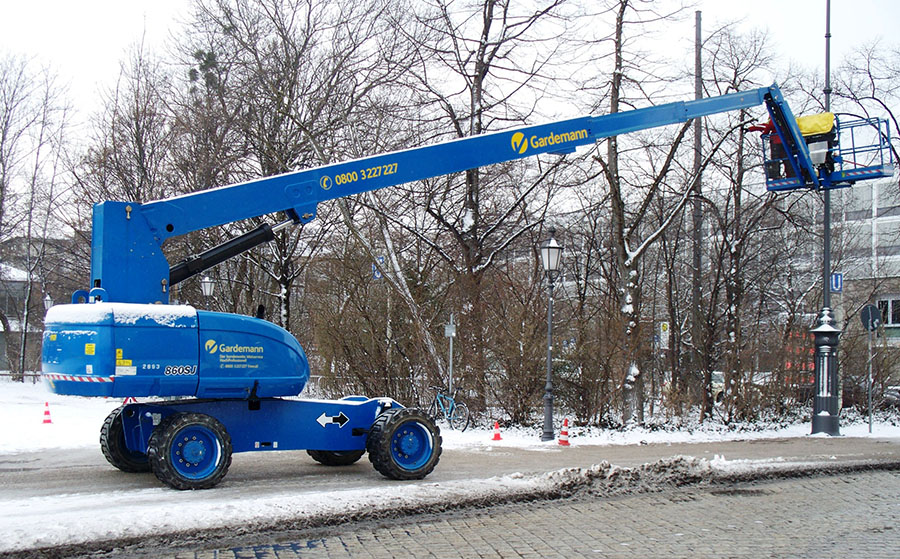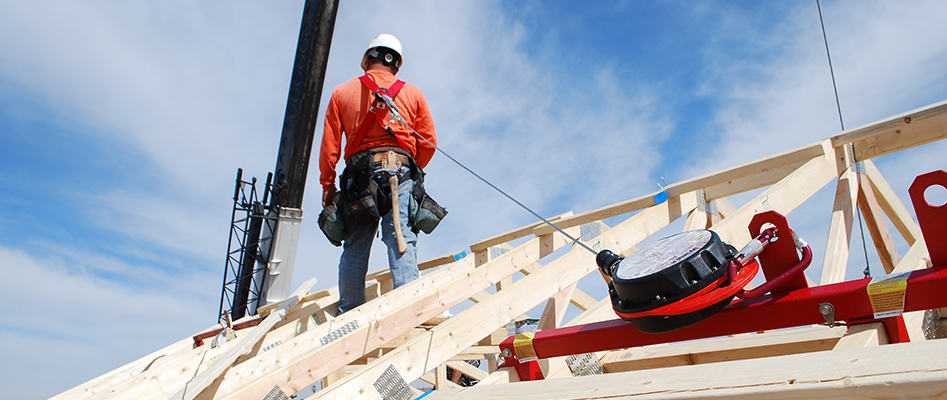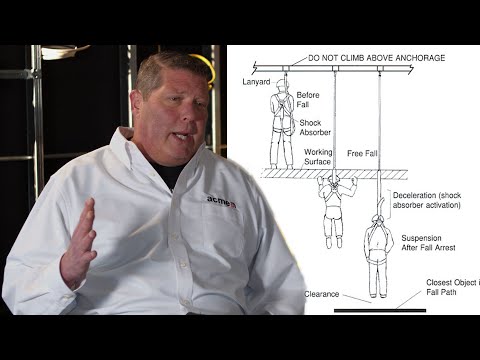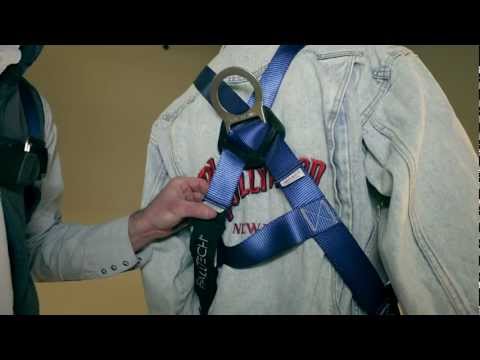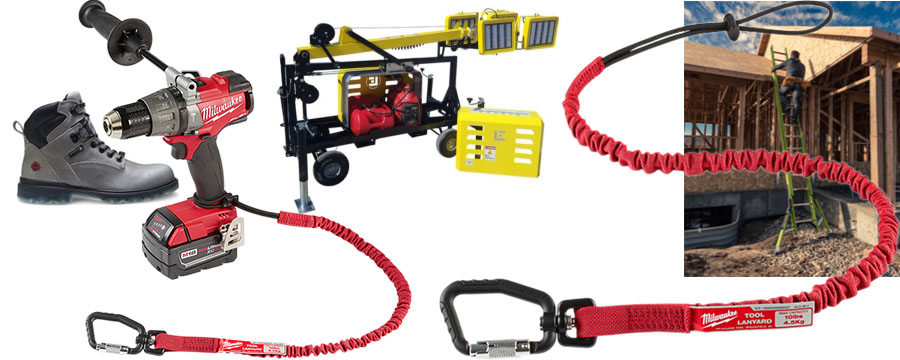Aerial lifts look simple to use. You can move yourself and your tools exactly to the spot where you need to work, even if it’s more than 100’ in the air. If used properly, an aerial lift can help you reduce the risks of back, neck and shoulder injuries caused by working at or above shoulder level.
But all lifts are different. The down lever on one can be the up lever on another model.
A problem can be catastrophic
Power lines, uneven ground and lack of training can make for gruesome headlines.
Workers are sometimes caught between the lift and an object like a steel joist. They are also thrown out of the bucket or man basket if the lift is struck by a large vehicle.
Major causes of death are:
- Electrocution
- Falls
- Tip-overs
Before you use the lift:
- Get training. Your employer must make sure every lift operator is trained by a qualified person experienced with the model of aerial lift being used. Once trained, follow the manufacturers’ rules.
- Wear a full body harness. If your lift is struck by another vehicle, you can be thrown from the lift and killed. Using proper fall protection will keep you from a serious or fatal fall. You must use a suitable lanyard attached to an engineered anchor in the basket or on the boom, not a guardrail.
- Check for overhead power lines .The most frequent cause of death to a worker in a lift is electrocution. Trees can hide power lines. Do a pre-job walk-thru to look for obstructions. Unless you are a qualified electrical worker, stay a minimum of 10’ away from all power lines.
A world of bad ideas …
- Getting the job done quickly is no reason to take deadly shortcuts.
- Stay away from these “quick fixes” to a problem:
- Standing on guardrail
- Overloading man lift
- Placing a ladder or scaffold on the lift
- Climbing out of the basket
Instead, follow these procedures:
- Inspect the lift safety devices before using.
- Make sure the base unit controls are working properly so that someone
- on the ground can lower the lift if the operator is unable to work the controls.
- Don’t modify the lift without the manufacturer’s permission.
- Know the Safe Floor Load Capacity before driving onto the floor/slab
Download printable versions of this article in English and Spanish
This article is from the Center for Construction Research and Training and is reprinted with permission. Image: WikiCommons
